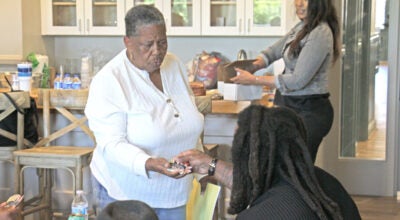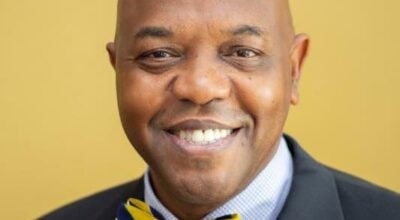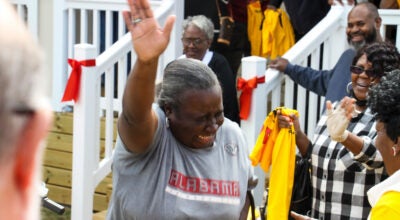2014 Bridge Crossing draws diverse crowd
Published 7:08 pm Monday, March 10, 2014
By Jay Sowers and Josh Bergeron
The Selma Times-Journal
Thousands of tourists, Selma residents and elected officials packed downtown Sunday for the 49th anniversary of Bloody Sunday and the 2014 Bridge Crossing Jubilee.
For months, organizers meticulously hammered out details for the event. Some were focused on securing vendors for Water Avenue. Others organized events around the city. Bridge Crossing Jubilee attendees packed every corner of Selma’s downtown. Events were planned for churches, city-operated venues and, of course, the Edmund Pettus Bridge.
Sunday was officially the 49th anniversary of the day that put Selma into the history books.
As a Bloody Sunday commemoration church service neared completion, thousands of people gathered around Brown Chapel’s entrance for a pre-march rally. A renewed effort to guarantee voting rights was a common theme during the rally’s speeches.
With the church service over, a parade of thousands proceeded down Martin Luther King Street, turned right on Alabama Avenue before turning onto Broad Street, in direct view of the Edmund Pettus Bridge
A group from an independent African village in southern South Carolina, named Oyotunji, led the parade. The group’s leader Oba Adefunmi II said he enjoyed the trip to Selma — his first ever — but was more concerned with sharing new ideas.
“It’s not about beating the same old drum,” Adefunmi said. “Many times we think about money and politics, but it’s about the people. The people are what make everything happen.”
Other marchers also shared their reasoning for traveling to Selma.
U.S. Rep. John Lewis (D-Ga.) was perhaps the most notable marcher in Sunday’s parade. Lewis helped lead the original march on Bloody Sunday in 1965.
Wilson Blount, a resident of Dade City, Fla., also witnessed Bloody Sunday first hand.
Blount, 21 on March 7, 1965, came to Selma with a busload of other Tuskegee College students to take part in the march. The bus never made it to Selma and was stopped by a line of police officers on the southern side of the Pettus Bridge.
“The police stopped us about a mile-a-half before the crossing the bridge, so we were sitting on the bus, waiting to see what was going to happen next,” Blount said. “We heard the gunfire, we could see the smoke and tear gas and horses running around and you knew it was not going to be a good day.”
Blount said he and his schoolmates watched for only a few moments before boarding their bus and returning to campus.
The march paused for a brief prayer at the northern foot of the bridge and again at the bridge’s peak for a second prayer. Marchers continued down the bridge’s southern slope, chanting and singing, before disbanding at the Voting Rights Museum.




